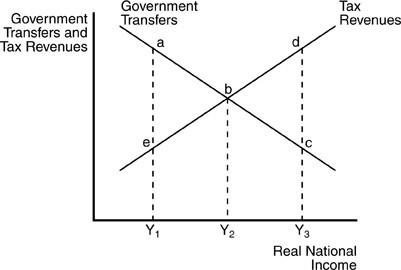Political advertising is often directed at winning over so-called swing voters, whose votes might go either way. Suppose that two political parties—the Freedom Party and the Liberty Party—disagree on whether to build a new road. Polling shows that of 1,000 total voters, 450 are firmly for the new road and 450 are firmly against the new road. Thus, each party will try to win over a majority of the 100 remaining swing voters.
a. Suppose that each party spends $5,000 on untargeted TV, radio, and newspaper ads that are equally likely to reach any and all voters. How much per voter will be spent by both parties combined?
b. Suppose that, instead, each party could direct all of its spending toward just the swing voters by using targeted ads that exploit Internet social media. If all of the two parties’ combined spending was targeted at just swing voters, how much would be spent per swing voter?
c. Suppose that only the Freedom Party knows how to target voters using social media. How much per swing voter will it be spending?
If at the same time the Liberty Party is still using only untargeted TV, radio, and newspaper ads, what portion of its total spending is likely to be reaching the 100 swing voters?
How much per swing voter does that portion amount to?
d. Looking at your answers to part c, how much more per swing voter will the Freedom Party be spending than the Liberty Party?
If spending per swing voter influences elections, which party is more likely to win?
Freedom Party Correct
Next
Ans: a. $10
b. $100
c. $50
c1. 10%
c2. $5
d. $45
d1. Freedom Party
You might also like to view...
The disruption caused by international trade is
a. fundamentally different from some of the other disruptions caused by the other workings of a market economy. b. not fundamentally different from all the other disruptions caused by the other workings of a market economy. c. fundamentally different from all the other disruptions caused by the other workings of a market economy. d. not fundamentally different from some of the other disruptions caused by the other workings of a market economy.
Which of the following industrial changes allowed the smallest start-up manufacturers to compete with great industrial capitalists?
A. A positive trade balance at the turn of the 20th century. B. The completion of the national railroad network. C. The development of the moving assembly line as a division of labor in manufacturing. D. The transition from private electric generators to centralized utility based power production.
Chief executive officers of large American corporations earn on average about ________ times the salary of the average production worker.
Fill in the blank(s) with the appropriate word(s).
 Refer to the above figure. As the real national income expands from Y2 to Y3,
Refer to the above figure. As the real national income expands from Y2 to Y3,
A. a budget surplus occurs. B. tax revenues fall. C. government transfers rise. D. a budget deficit occurs.